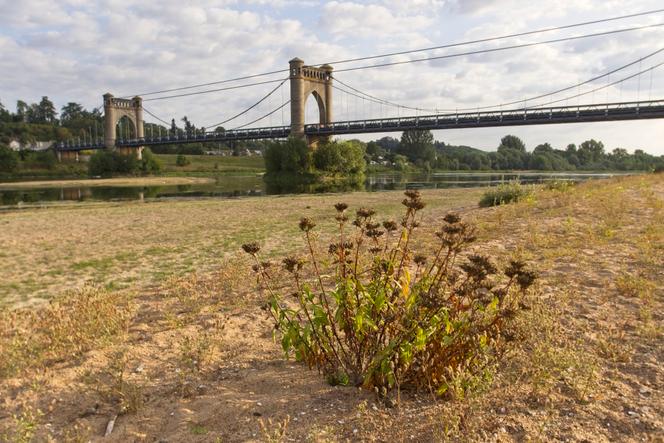


By the end of the century, the Paris region could have the current climate of the southern city of Montpellier, while the southern half of the country could see the temperatures of contemporary Andalusia... These are two examples of what the climate could be like in France at + 4°C, according to a report by the national weather service Météo-France published on Tuesday, December 10.
In 2023, the French government set a benchmark trajectory for climate change mitigation: The aim is to prepare for a rise in temperatures of 2°C in 2030, 2.7°C in 2050, and 4°C in 2100 in mainland France compared with the pre-industrial era. The world is on the path to + 3.1°C by the end of the century if current policies continue. This equates to a rise of 4°C in mainland France, whereas Europe is warming faster than average. France has already gained + 1.8°C, compared with + 1.3°C for the planet.
This scenario, considered "intermediate" rather than "pessimistic," forms the basis of the third National Climate Change Adaptation Plan (PNACC), under discussion until the end of the month. Within the framework, Météo-France has been tasked with producing indicators describing the climate and its hazards for the three horizons 2030, 2050 and 2100. The organization has now released its first data on temperatures and precipitation.
The warming will not be uniform, neither across the country nor over the year. The maps show a difference of around 1°C at the end of the century between the southeast of the country and the Alps, which are warming more, and the northwest of the country, which is warming slightly less. Warming is also around 1°C higher in summer than in winter. Overall, the average annual temperature in France (day and night and all seasons combined) could reach 14.2°C, compared with 10.9°C over the 1976-2005 reference period, with peaks of 15°C in the Paris area and over 18°C in the southern half.
During the summer season, the southeast and east of the country will turn crimson: maximum temperatures could rise by +5 to +7°C compared to 1976-2005 (i.e. +5.6°C to +7.6°C compared to the pre-industrial era). In a vicious circle, the climate is heating up more at higher altitudes in the Alps and Pyrénées: the disappearance of snow reduces the reflection of the sun's rays, and without this protection, the soil dries out and heats up more quickly.

"Thinking of the climate of Montpellier or Andalusia might be attractive, but the tourist vision is distorted," warned Jean-Michel Soubeyroux, a climatologist at Météo-France. The picture-postcard image masks the long heat waves that hit southern Spain from May to October, and the equally severe droughts leading to increasing desertification. "Our cities will have to evolve to cope with these heatwaves, and we'll have to review water management, agriculture and healthcare systems," he continued.
You have 46.85% of this article left to read. The rest is for subscribers only.
